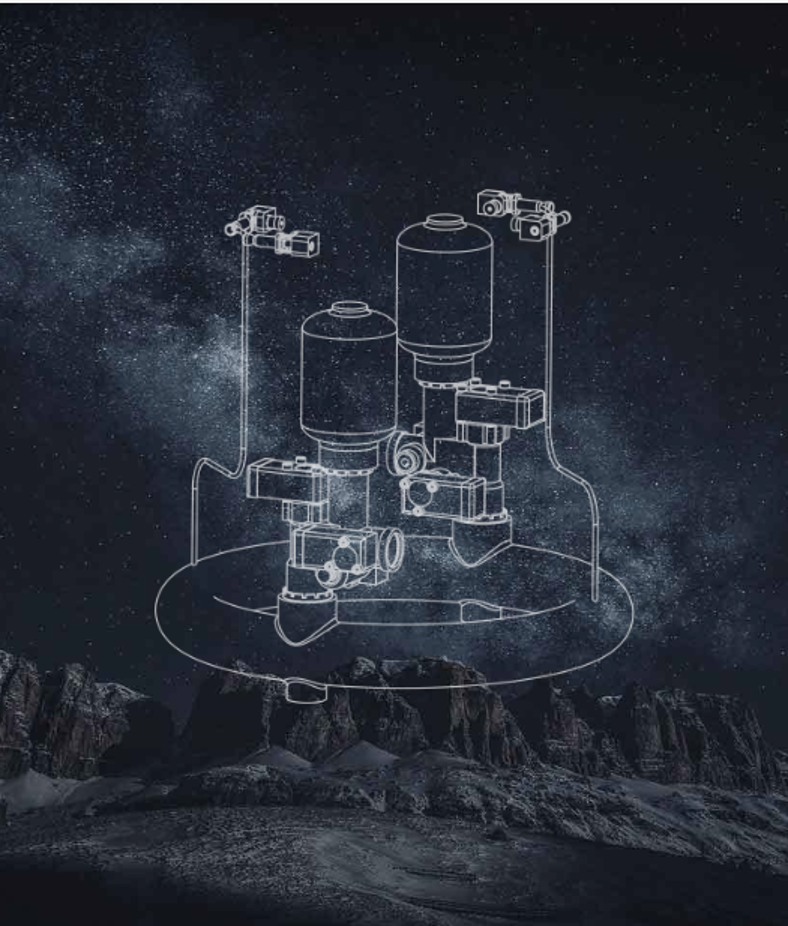
Voyager Technologies’ capabilities include divert, attitude, post-boost, and roll-control systems. (Image: Voyager)
Defense and space technology company Voyager Technologies recently secured a position on a $46 billion multi-award contract that Air Force manages aimed at rapidly delivering a wide range of capabilities, the company said on April 7.
Voyager in March was selected—along with 121 other vendors—to compete for work under the 10-year Enterprise-Wide Agile Acquisition indefinite-delivery, indefinite-quantity contract (EWAAC) focused on digital engineering, agile processes, and open architectures. Initially awarded in October 2021 to 55 vendors, the 10-year EWAAC now has 298 vendors competing for work.
The contract vehicle was rolled out by the Air Force Life Cycle Management Center Armament Directorate to rapidly meet the needs around Air Force program executive offices for weapons requirements and the “digital trinity,” which refers to digital engineering and management, agile software, and open architecture.
The EWAAC gives vendors a chance to assess the government’s needs but for Voyager it will also be an opportunity to create partnerships with other companies and create an “affordable solution” around digital, agile, and open, Matt Magana, president of the company’s Defense & National Security segment, told Defense Daily in early April.
Magana’s business has capabilities in solid propulsion around divert, attitude, post-boost and reaction, and roll-control systems, guidance and navigation systems, mission processors, signals and electronic intelligence, and space-related products such as processors, radios, modems, and star trackers.
Magana said that the defense industry as a whole must partner more closely than ever before to help the Defense Department realize many of its complex challenges, such as the Trump administration’s new homeland defense effort called Golden Dome for America, and the Space Force’s push to be dominant in space as a warfighting domain.
No single systems integrator can take this on, he said, adding that connecting and coordinating the myriad space-based and ground-based sensors and other assets “is really is all centered around the fact that there’s a massively huge supply chain need out there in order to execute any one of those things,” Magana said.
The EWAAC and other multi-vendor contracting vehicles are providing industry the opportunity “to come with great ideas that will help us implement some of this stuff,” he said.
A version of this story originally appeared in affiliate publication Defense Daily.